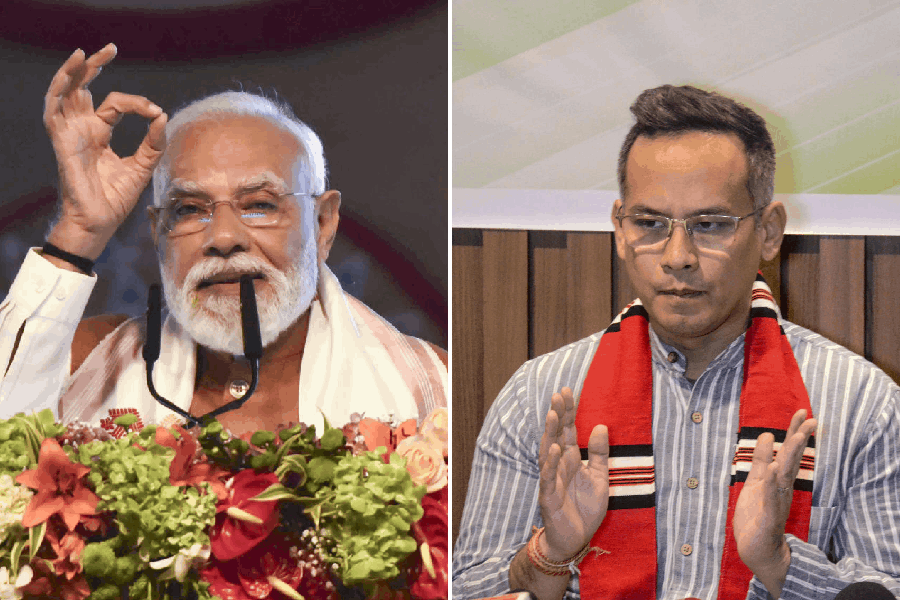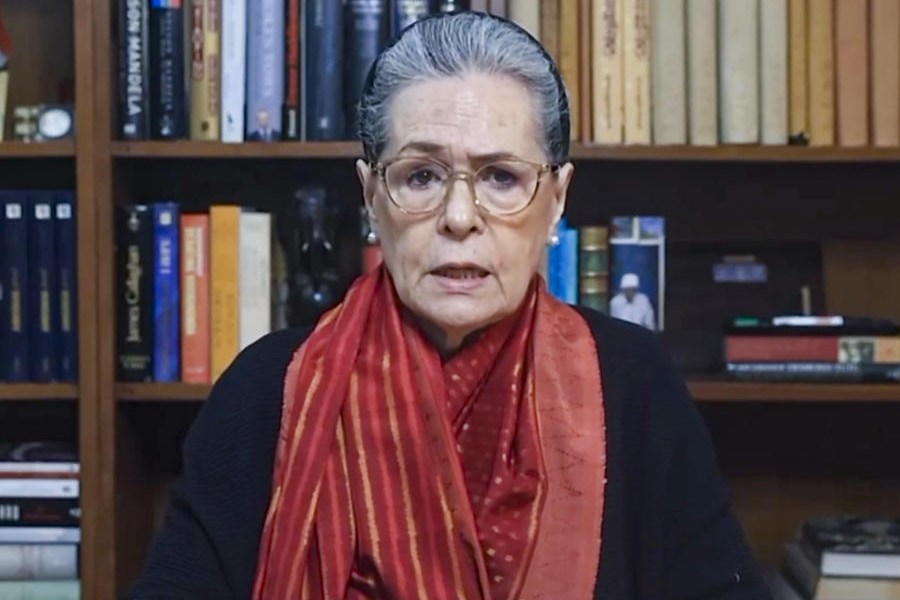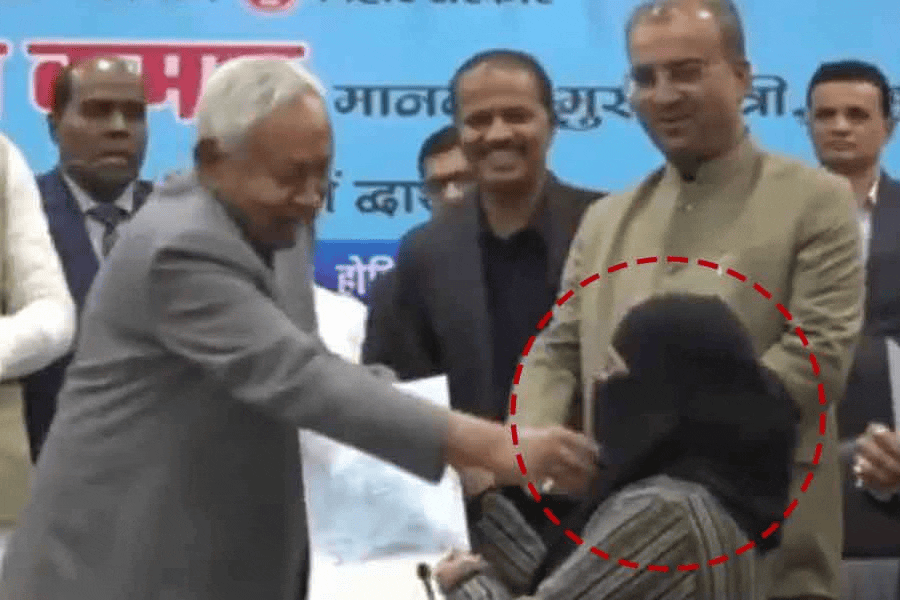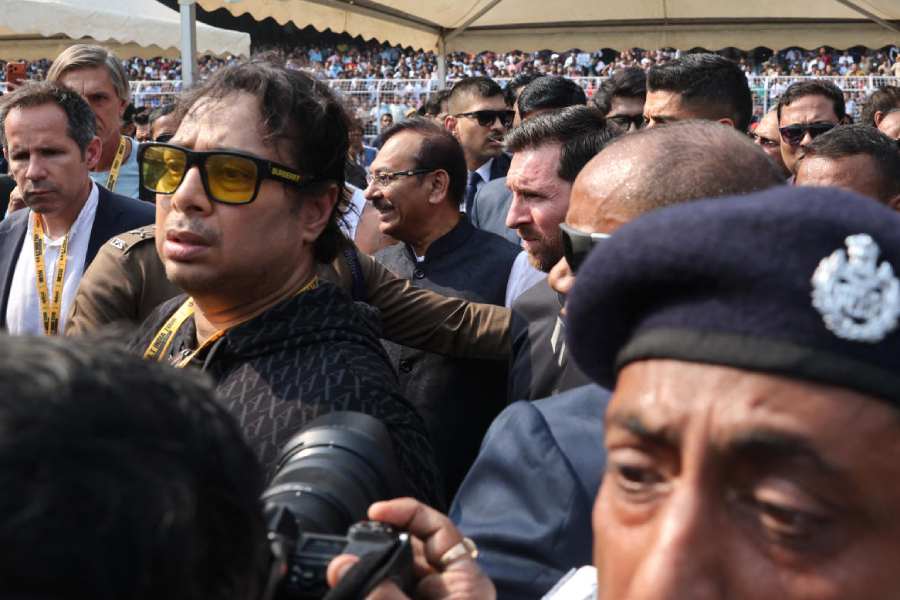 |
AIDS Sutra: Untold Stories from India Edited by Negar Akhavi, Random House, Rs 395
Sex and death are the two great levellers. In HIV/AIDS, they meet. And what they level everyone down to is the sexed and mortal body in which we live our different lives. To be levelled down to our bodies is to be reduced to a terrible simplicity. But it is also to live out the play of differences that makes our bodies the place where personhood begins and ends. This is a larger and more complicated thing than mere biology. In our bodies, we are always alone, yet always among other people who are alone in their bodies too. That is how we experience the otherness, the strangeness, of others. But that is also how we try to bridge this otherness, for it is only through our bodies that we glimpse the possibility of knowing other people — a process that could be pleasurable, baffling, treacherous or deadly.
Because of the way it is most commonly transmitted, what AIDS asks of us is to be able to imagine, clearly and unflinchingly, the sexual behaviour of other people. And within this, to focus even more sharply on that crucial, yet banal moment when somebody ‘decides’ or ‘chooses’ to use, or not use, a condom. I handle these two words with tweezers because it is with them that the trouble starts, that sex opens out into a world of circumstances, and the entire muddle of desire, volition, coercion, ignorance, pleasure and power crystallizes into the mystery of something done or not done. The task of imagination is therefore at the core of Amartya Sen’s acute and impeccable foreword to AIDS Sutra: “We have to appreciate that the understanding of a complex reality not only demands facts, figures and empirical details, but also the use of our responsive imagination to interpret what is going on, so that crude facts can be translated into informed comprehension.”
What makes this foreword remarkable is not so much the welcome guidance that Sen provides through the jungle of disputed figures that Indian public discourse on HIV/AIDS is often reduced to, or even his careful plea for the decriminalization of homosexuality, as his emphasis on the literary imagination as the answer to the “epistemological” challenge posed by AIDS. HIV/AIDS is about real people in real bodies in real places. And the problem of telling and showing what is no less than a Sea of Stories about these people, bodies and places becomes inseparable, in this book, from the medical or practical problems of awareness, prevention and treatment. Fiction, poetry, history, reportage and ethnography come together in this wide, dark and churning sea, and thrown in at its deep end are such veteran navigators as Salman Rushdie, Vikram Seth and Sunil Gangopadhyay, rising stars like Kiran Desai and Siddhartha Deb, celebrity Indians like Shobhaa De and William Dalrymple (can there be a dispute about putting him in this category?), and solidly established versatiles like Amit Chaudhuri and Mukul Kesavan. Less-known names like Nikita Lalwani, Siddharth Dhanvant Shanghvi, Sonia Faleiro, C.S. Lakshmi, Jaspreet Singh, Aman Sethi and Nalini Jones are no less integral to the inclusiveness of this volume. It is to the editor’s credit that she has been able to take this collection beyond the rather senseless hierarchy that such categories seem to endorse. Here too, in the quality of writing that it has brought out of this unusual medley of people, AIDS has been a leveller.
The writers, as Sen explains, were encouraged to visit different regions of India and write their essays “informed by local problems and perspectives”. In this, they not only had access to various “communities...who opened their lives and allowed their stories to be told”, but they also worked with a number of NGOs “who served as a link between the community members and authors”. Some of Prashant Panjiar’s photographs and the publicity material describing it as “India’s First Charity Book” would have succeeded in bringing this working method perilously close to a combination of tourism and charity, had the writers themselves, and the people they were writing about, not used these very pitfalls, often with brilliantly disturbing results, as ways into the richly creative problems of a writing project like this.
For the best writers, there is, first, the anxiety of arrival (How do I get to the reality of another person’s suffering?) and finally, the problem of departure (How can I make a painless exit from the lives of people when I have just begun to put myself in their shoes?) Faced with a room full of unknown homosexual men in Bangalore, Mukul Kesavan is initially disconcerted by how, while they are introducing themselves to him, there is “a practised ease to the way in which people identified themselves, a name-rank-and-serial-number fluency, which suggested they had come across inquisitive outsiders before”. And Jaspreet Singh, watching the HIV+ children he had been spending time with in a care home, as they played among the ruins in Delhi’s Lodhi Gardens, restrains himself from running impulsively towards them. “29 are here. 1.9 million are not here,” he reflects from a distance at the end of his essay, “Where are they? How are they? I am supposed to write about all of them. I don’t even know how to begin.”
Yet, Singh’s beautiful piece succeeds in producing, out of the voices of the children he finds himself among, a kind of “knowledge” about them that confronts, most painfully, everything that is profoundly unknowable about them. Faced with eight-year-old Mani, who is paralysed from waist down because her central nervous system is being corroded by the virus, the only words he has to go by are another child’s description of her being moved from bed to bed: “Mani is a fish. She swims from one bed to the next.” And for Kesavan, imagining his way into the bizarreness of homosexual structures of experience and feeling becomes possible only when he decides not to pretend that everyone was the same if one looked hard enough. Sometimes, the best way forward is to brush aside politically-correct anxieties (Am I ending up exoticizing the Other?) and put down simply, with a sort of willed naïveté, things exactly as they appear to one, in all their strangeness of difference. This is a kind of Negative Capability that starts with a recognition of the fact of desire — “the point of sex was the frisson and reassurance of being desired” — and then moves towards a truth of startling, and dare one say universal, comprehensibility: “None of us chooses the worlds we’re born into; we improvise our lives on the fly, making the best of what we’re given.”
But fixing the limits of empathy is also crucial, ethically and aesthetically, to the task of the “responsive imagination”. Vikram Seth discovers that he has forgotten what had sparked off the composition of his hauntingly sad poem, “Soon”, written in the voice of a person dying of AIDS. Yet he vividly remembers how, after reading this poem, a friend came up to him, “her face white with shock”, to “commiserate” with him over his illness. Feeling something that reads today like a subtle form of panic, Seth told her “at once” that it had been written “as an act of imagination rather than experience”. And in his published collection of poems, he put it in a section entitled “In Other Voices”.











